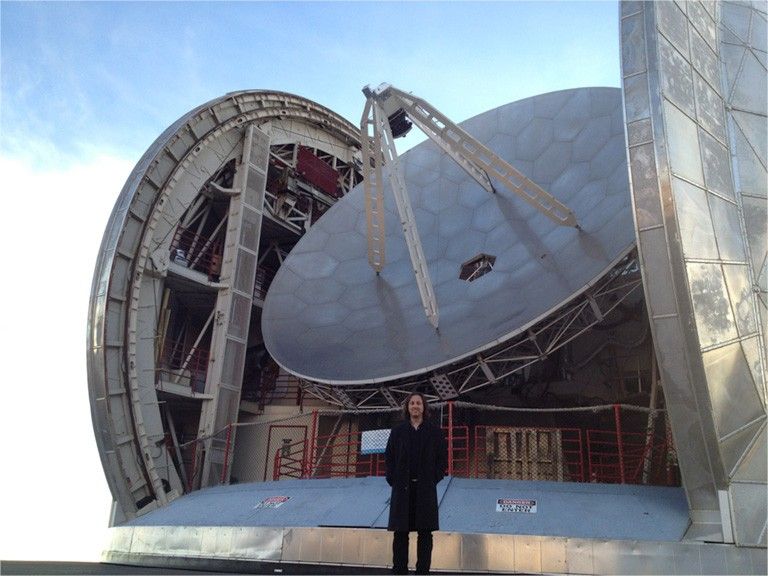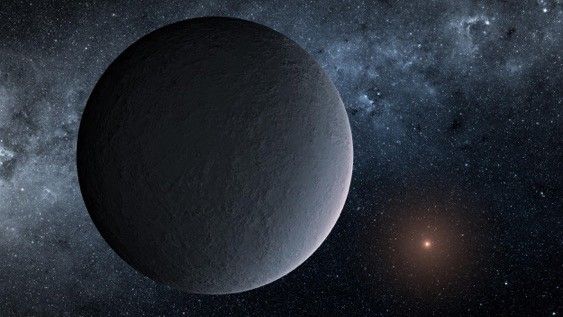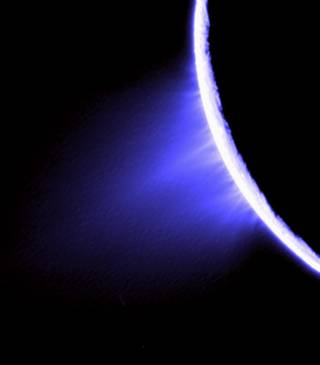Chapter 6: Aging Into Gianthood
Chapter | 1 | 2 | 3 | 4 | 5 | 6 | 7 |
Aging Into Gianthood
When our Sun approaches its red giant phase some 6 billion years from now, it will run out of fuel in its core. As hydrogen fusion slows, the core once again begins to contract. As the core gets smaller, it heats up until it can kick off another round of nuclear reactions, fusing helium into heavier elements such as carbon, nitrogen and oxygen. The hotter core also makes hydrogen fuse in the “shell” of material surrounding the core. Meanwhile, extra heat produced deep within in the star causes its outer layer of gas to puff up.
The end of the red giant phase is typically the most violent time in a star's life. The bloated, dying star throws out material from its outer layers in intense episodic bursts. In our own solar system, the Sun will puff up so much that it will melt, evaporate and eat up some of the inner rocky planets. "I am confident that the Sun will swallow Mercury and Venus, and not Mars. But the fate of the Earth -- which resides in between -- is less clear," said astronomer Dimitri Veras at the University of Warwick.
Scientists studying whether or not Earth will be both toasted and swallowed create computer models of the gravitational interactions between Earth and the Sun as the solar system ages. Recent modeling suggests Earth probably won’t make it out intact. But even if it does, all of the planets that survive will experience skyrocketing levels of energy from the expanding Sun, bathing their atmospheres and surfaces with intense radiation.
"We'll all be long gone,” Mandell assured us. "Earth won't be habitable, and the only chance for survival would be for an advanced civilization to migrate to a new planetary home."
The planets' orbits may also become unstable. As the red giant loses mass, the star’s gravitational hold on its planets becomes much weaker, so their orbits will expand. In our own solar system, the Sun will throw off about half its mass, so the outer planets’ orbits will drift outward, settling twice as far as they are today. Neptune, at 30 times the Earth-Sun distance, will eventually hike out to about 60 times the Earth-Sun distance. Approaching the end of its fuel-burning life, the Sun will become much brighter and bigger. It will grow so large in diameter that it could fill the entire sky from the surface of a surviving planet.
NEWS FLASH: Heating up frozen worlds
Life as we know it requires liquid water, and a rocky planet needs a certain amount of starlight so that any available water won’t evaporate away or freeze. If scientists know enough about a star and its planet, they can calculate whether the planet could indeed harbor liquid water, meaning the star would be in the "habitable zone."
But habitability of planets changes as a star gets older. A 2016 study led by Ramses M. Ramirez of Cornell University looked at different stars and predicted what would happen to their planets over time. Frozen planets, too cold to host liquid water when their star resembles our present-day Sun, may thaw out when their star expands into a red giant, because they will receive so much more heat energy.
"In the far future, such worlds could become habitable around small red suns for billions of years, maybe even starting life, just like Earth," said study co-author Lisa Kaltnegger of Cornell. "That makes me very optimistic for the chances for life in the long run."
NASA/JPL-Caltech/D. Berry. FULL VIDEO
Will the Sun and stars like it die in a fiery explosion or collapse in a small whimper? Check out Chapter 7 to find out.
































